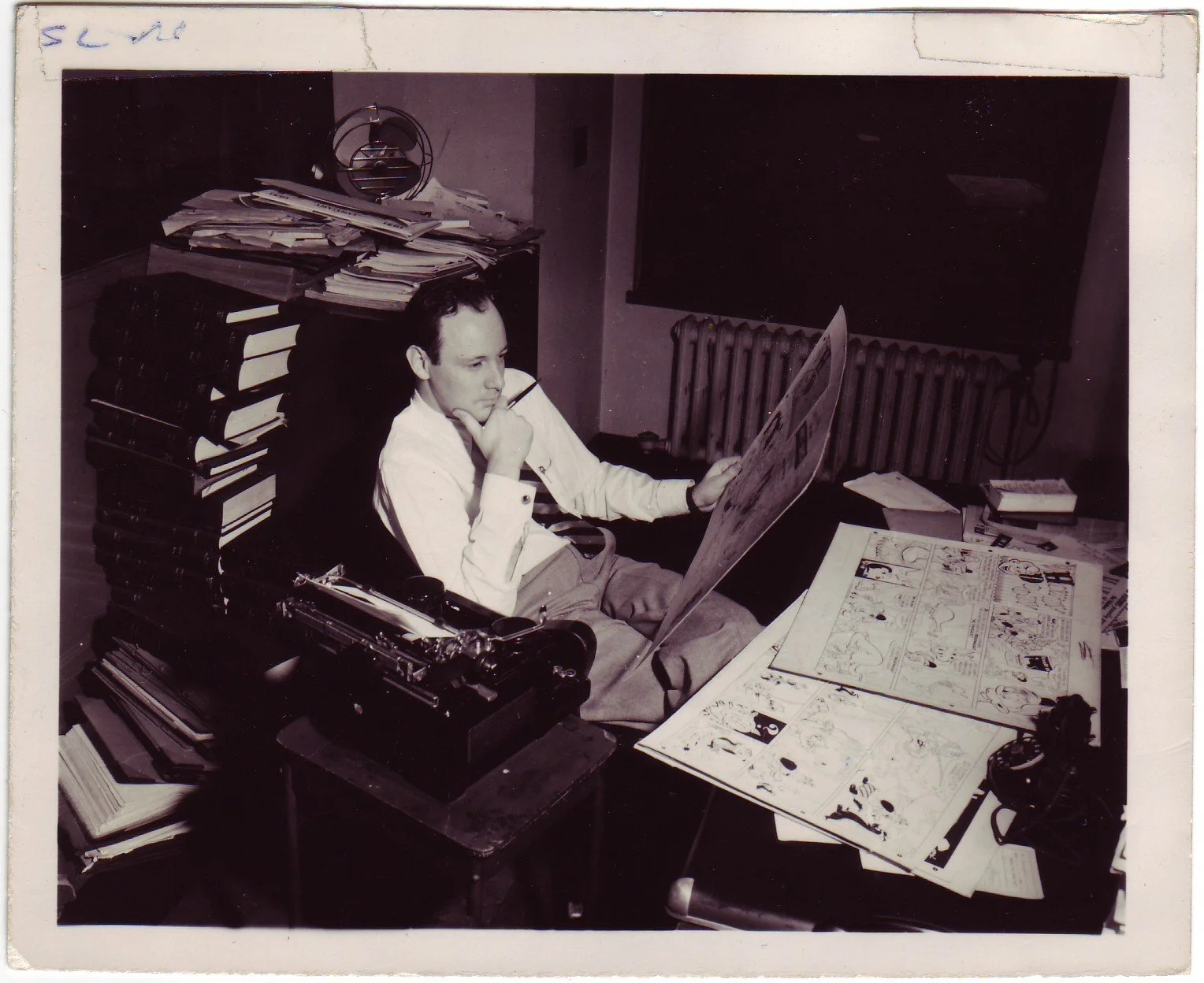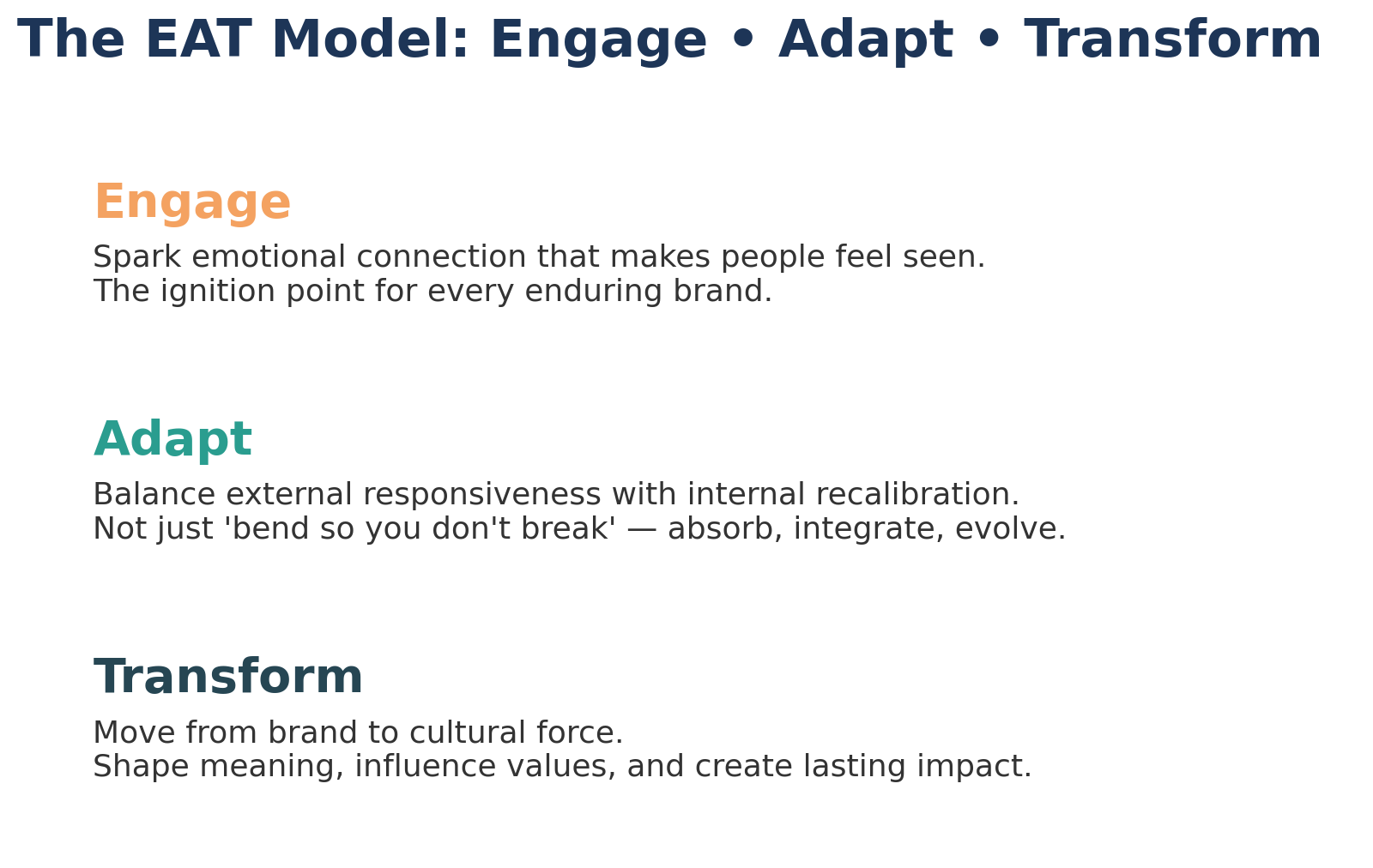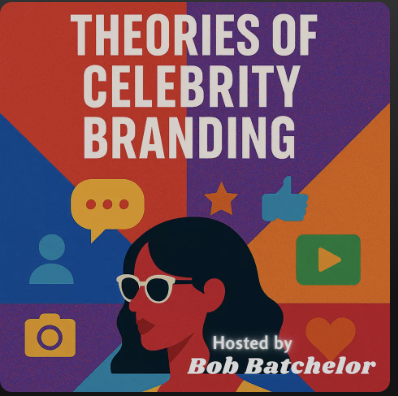When I began studying American culture decades ago, I noticed something: most scholars and cultural commentators described popular culture as if it were an object. A thing you could hold up and label — a Picasso painting, a baseball card, a Marvel comic book.
While this approach had value for cataloging and analysis, it missed the spark. The real action of culture is not static; it’s dynamic. Popular culture is not just the object itself — it’s the rush of feeling when you hear a song for the first time, the charge of energy in a crowded theater as the lights dim, or the sense of belonging when you put on your favorite team’s jersey.
Culture is not a noun — it’s a verb. Something that happens to us, and that we, in turn, help create.
This shift in perspective — from static to dynamic — led me to develop the EAT Model: Engage, Adapt, Transform. Initially born from my work as a cultural historian, the model captures how culture is lived and experienced, and how brands — particularly celebrity brands — generate lasting meaning.
The EAT model captures how culture is lived and experienced, and how brands — particularly celebrity brands — generate lasting meaning.
Engage: Creating the Spark
Every enduring celebrity brand begins with Engage. Engagement is the spark — that first connection that makes someone stop, look, and feel something.
This isn’t simply visibility. True engagement hits on an emotional frequency. Think about Robert Downey Jr.’s emergence as Iron Man. He wasn’t just another actor in a superhero role. His personal story of struggle, redemption, and charisma aligned perfectly with the Marvel cinematic moment. Fans weren’t just buying tickets for Iron Man; they were buying into the Downey comeback narrative.
Starbucks achieved something similar when it became more than a coffee company. In my research with Kaitlin Krister Schrock, we coined the term radical sociodrama to describe how Starbucks acts as a stage where customers perform aspects of their identity. The company went far beyond selling coffee. Starbucks created a lifestyle cue, a way to project taste, refinement, and belonging.
Engagement, then, is more than grabbing attention. The focus is on connecting in a way that makes the audience feel seen and understood — the necessary ignition point for everything that follows.
Adapt: The Bridge Between Engagement and Transformation
Most people think “adapt” means simply react to change — adjust your schedule, update your branding, follow a trend because it’s gaining attention. That’s part of it. However, in the EAT Model, Adapt is much richer and more integrated.
Adapt is the bridge between engagement and transformation. It’s where what you have connected with externally meets the shifts happening internally — in your mindset, values, and identity — and the two reshape each other.
This is the visible, situational adjustment:
A musician evolves their sound to reflect changing cultural tastes.
A company updates its messaging in response to a social shift.
A public figure refines their tone after a major life change or cultural event.
This kind of adaptation is responsive, but rooted in what came before — the surface expression of something deeper.
This is where Adapt becomes transformational in its own right:
Reframing perspectives — The change outside prompts a shift in how you see the world.
Integrating new meaning — You update your internal “why” to align with new realities.
Evolving identity — You absorb external input in a way that reshapes who you are and how you’ll approach the future.
Robert Downey Jr.’s post-Iron Man career illustrates both. Externally, he capitalized on the Marvel platform with smart role choices. Internally, he reframed his public identity from “Hollywood cautionary tale” to “creative force and philanthropist,” weaving his hard-earned credibility into every project.
Starbucks, too, has continually adapted both externally and internally. It didn’t just localize menus overseas; it rethought what “the Starbucks experience” meant in cultures with different coffee traditions, integrating those insights back into the brand’s global identity.
Adapt is not “bend so you don’t break.” It’s “absorb, integrate, and evolve,” so that the transformation that follows is authentic, sustainable, and resonant.
Transform: Moving From Brand to Cultural Force
The third stage — Transform — is where a brand transcends category and becomes part of the cultural fabric. This is where a celebrity or brand moves beyond selling products or performances to influencing values, beliefs, and identity.
For example, Oprah Winfrey transformed from talk-show host to cultural institution by consistently connecting her brand to personal growth, empathy, and shared experience. LeBron James transformed from basketball superstar to social advocate and education innovator.
But transformation has a double edge. When celebrity branding becomes about visibility for its own sake, it can erode trust, polarize communities, and hollow out the very connections it set out to build. The EAT Model challenges us to ask: What are we transforming into? Are we creating deeper connection and shared meaning, or reinforcing division and performance over substance?
Why the EAT Model Matters in a Celebrity-Obsessed Age
In today’s world, celebrity branding is not limited to entertainers or athletes. Social media has turned “being a brand” into a cultural expectation. CEOs, educators, nonprofit leaders, and even students are urged to curate their personal brand.
There are benefits to this — clarity, connection, and influence — but also costs, including self-censorship, constant performance, and the pressure to measure worth in clicks and likes.
The EAT Model offers a roadmap for navigating this landscape. It’s not a checklist, but turns thinking about branding and thought leadership into a mindset that recognizes cultural connection as a living, participatory process.
Applying the EAT Model
Whether you’re a celebrity, an emerging entrepreneur, or someone simply looking to build a meaningful personal presence, the EAT Model offers three clear imperatives:
Engage — Spark emotional connection that makes people feel seen.
Adapt — Balance external responsiveness with internal recalibration, so your evolution is both strategic and authentic.
Transform — Create meaning that lasts, shaping not just transactions, but the cultural conversations people care about.
When applied with intention, this framework can help avoid the traps of superficial branding and focus instead on the power of authentic cultural influence.
The Cultural Historian’s Edge
Why approach celebrity branding through a historian’s eyes? Because history reveals the patterns: the way branding has evolved from product marks to cultural symbols, and how engagement, adaptation, and transformation have driven that evolution.
History reveals the patterns: the way branding has evolved from product marks to cultural symbols, and how engagement, adaptation, and transformation have driven that evolution.
From the rise of early consumer icons to global mega-brands, the same cultural mechanics repeat. Understanding these changes allows you to see where branding is going next, not just where it has been.
The EAT Model is my way of translating decades of cultural insight into a tool for today’s world — one that helps us connect, evolve, and lead without losing sight of the values that make connection meaningful in the first place.
For more on the EAT Model and celebrity branding, listen to “Theories of Celebrity Branding” wherever you like to listen to podcasts. Tune in here.
















